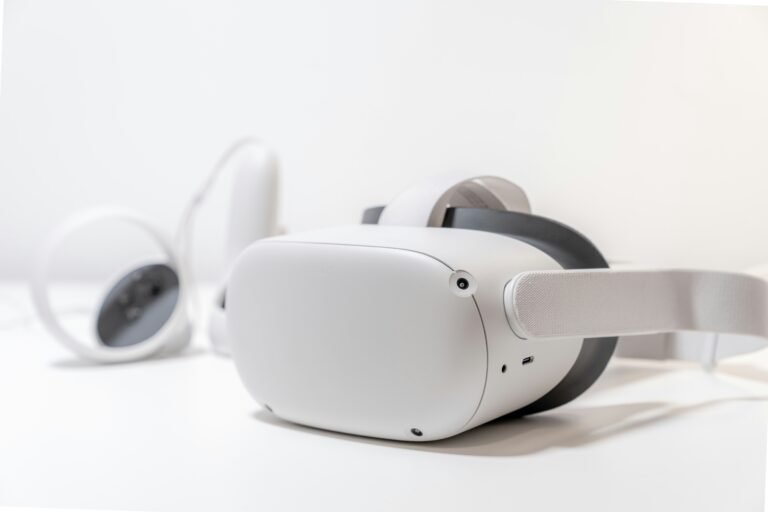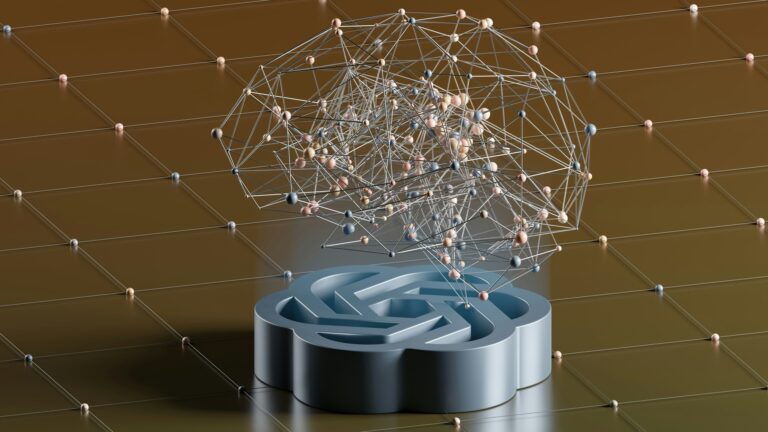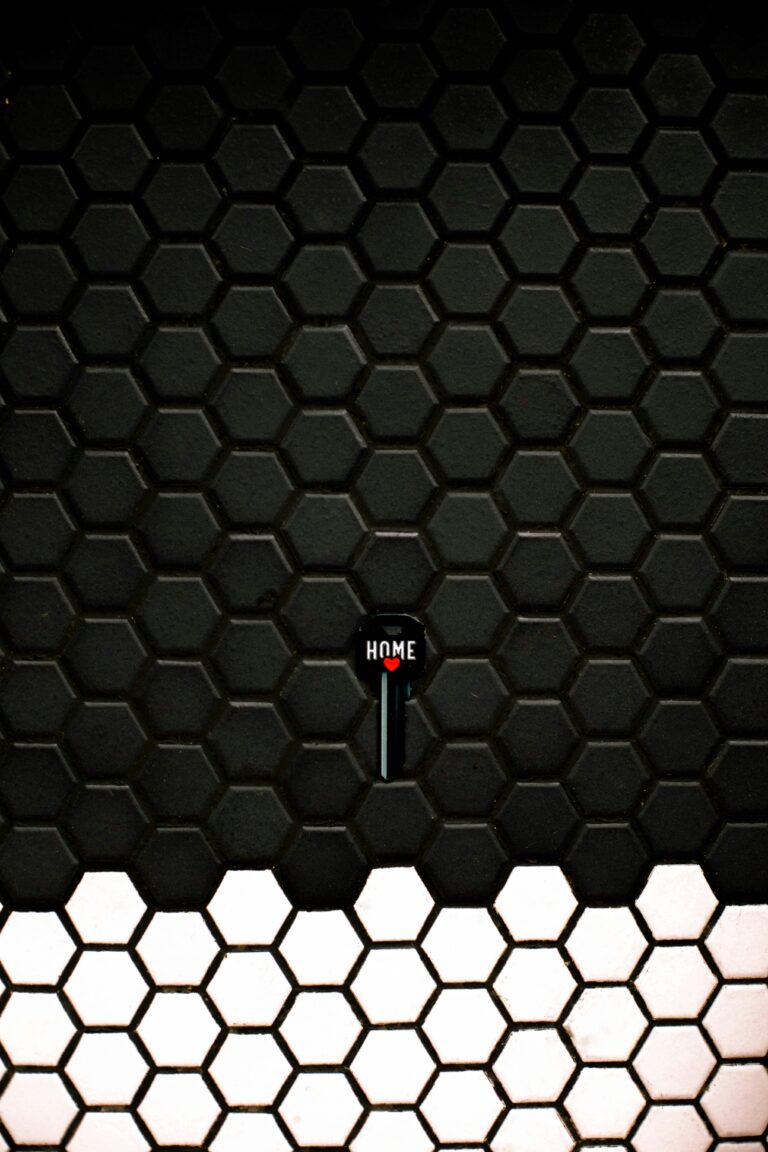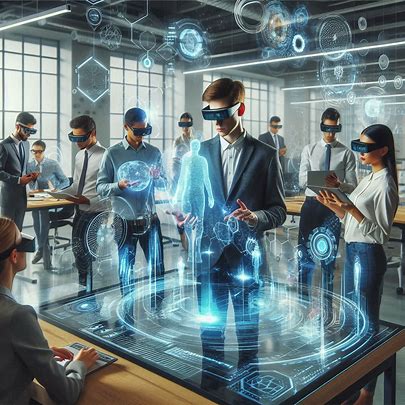
Introduction
Imagine designing a building by walking through its virtual blueprint, playing a game where characters leap off your coffee table, or collaborating with colleagues in a shared 3D workspace—all from the comfort of your home. This is the promise of spatial computing, a transformative technology that merges physical and digital environments to create immersive, interactive experiences. By combining elements of virtual reality (VR), augmented reality (AR), and advanced sensors, spatial computing is redefining how we interact with technology. This article explores what spatial computing is, how it works, its real-world applications, current trends, and its potential to shape the future, all in an engaging and accessible way.
What is Spatial Computing?
Spatial computing refers to technologies that enable computers to understand and interact with the physical world in three dimensions, blending digital content with real-world environments. It allows devices to map spaces, track movements, and overlay digital information, creating seamless experiences that feel natural and intuitive.
Key Components of Spatial Computing
- Sensors and Cameras: Devices like LIDAR, depth cameras, and motion sensors map environments and track user movements.
- Spatial Mapping: Software creates 3D models of physical spaces, enabling precise placement of digital objects.
- Mixed Reality (MR): Combines VR (fully immersive digital worlds) and AR (digital overlays on the real world) for hybrid experiences.
- AI and Computer Vision: Analyzes environments and user interactions to deliver context-aware responses.
- User Interfaces: Gesture, voice, and eye-tracking controls replace traditional keyboards or touchscreens.
For example, when you use an AR app to place virtual furniture in your living room, spatial computing maps your space, aligns the digital objects, and lets you interact via gestures or voice.
How Spatial Computing Works
Spatial computing integrates hardware and software to create immersive experiences. Here’s a simplified process:
- Environmental Sensing: Devices use sensors (e.g., cameras, LIDAR) to scan the physical world, creating a 3D map of surfaces, objects, and distances.
- Data Processing: AI algorithms process sensor data to understand the environment and user actions, such as hand movements or gaze direction.
- Digital Overlay: Digital content, like 3D models or information, is projected into the physical space via displays (e.g., AR glasses or VR headsets).
- Interaction: Users engage with the digital content using natural inputs like gestures, voice, or eye tracking, creating a seamless blend of real and virtual.
- Real-Time Feedback: The system continuously updates based on user actions and environmental changes, ensuring a dynamic experience.
For instance, in a spatial computing game, your living room becomes the battlefield, with virtual enemies appearing on your couch, tracked and rendered in real-time as you move.
Real-World Applications of Spatial Computing
Spatial computing is revolutionizing industries by enabling new ways to work, learn, and play.
Entertainment and Gaming
Spatial computing enhances gaming with immersive experiences. Games like Pokémon GO use AR to place creatures in real-world settings, while VR titles like Half-Life: Alyx leverage spatial computing for fully immersive worlds. Mixed reality platforms, such as Microsoft’s HoloLens, create hybrid games where digital characters interact with your physical space.
Architecture and Design
Architects use spatial computing to visualize designs in 3D. Tools like Autodesk’s Revit integrate with AR headsets, allowing designers to walk through virtual buildings, adjust layouts, and collaborate with clients in real-time. Construction teams use AR to overlay blueprints on-site, ensuring precision.
Healthcare
In healthcare, spatial computing aids surgical planning and training. Surgeons use AR headsets to project 3D models of organs during operations, improving accuracy. Medical students practice procedures in VR simulations, such as those powered by Osso VR, using spatial mapping to mimic real-world conditions.
Education and Training
Spatial computing transforms education by making learning interactive. Students can explore virtual historical sites or dissect digital organisms using AR apps like Google Expeditions. In corporate training, spatial computing simulates real-world scenarios, such as firefighting or machinery repair, without risks.
Retail and E-commerce
Retailers use spatial computing to enhance shopping. IKEA’s AR app lets customers visualize furniture in their homes, while fashion brands like Gucci offer virtual try-ons via AR glasses. Spatial computing also powers virtual showrooms, where customers explore products in immersive 3D spaces.
Every major story has impact — know how to read the news like a trader in our finance section.
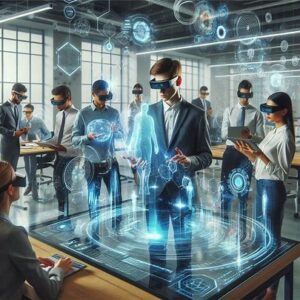
Current Trends in Spatial Computing
As of June 2025, spatial computing is advancing rapidly, driven by technological innovations and growing adoption. Here are key trends:
Advanced Hardware
Compact, powerful devices like Apple Vision Pro and Meta Quest 3 integrate high-resolution displays, LIDAR, and AI chips, making spatial computing more accessible and immersive. Lightweight AR glasses, such as Snap’s Spectacles, are gaining popularity for everyday use.
5G and Edge Computing Integration
5G networks and edge computing reduce latency, enabling real-time spatial computing applications. For example, 5G-powered AR navigation apps provide instant directions overlaid on city streets, while edge computing processes data locally for faster responses.
AI-Driven Personalization
AI enhances spatial computing by tailoring experiences to users. For instance, AI-powered AR apps analyze user preferences to recommend products or customize virtual learning environments, improving engagement.
Metaverse Development
Spatial computing is a cornerstone of the metaverse, a shared virtual space for work, socializing, and entertainment. Platforms like Horizon Worlds use spatial mapping to create immersive virtual offices or concert venues, blending physical and digital interactions.
Gesture and Voice Interfaces
Natural user interfaces, like hand-tracking and voice commands, are replacing traditional controls. Devices like Microsoft’s HoloLens 2 allow users to manipulate 3D models with gestures, making interactions intuitive and accessible.
Benefits of Spatial Computing
Spatial computing offers significant advantages:
- Immersive Experiences: Blends digital and physical worlds for engaging interactions.
- Enhanced Productivity: Streamlines design, training, and collaboration with real-time 3D tools.
- Accessibility: Intuitive interfaces like gestures make technology usable for all ages.
- Efficiency: Real-time processing reduces delays, critical for applications like surgery or gaming.
- Innovation: Enables new applications in education, healthcare, and entertainment.
Challenges of Spatial Computing
Despite its potential, spatial computing faces hurdles:
- Cost: High-end devices like AR/VR headsets remain expensive, though prices are dropping.
- Battery Life: Intensive processing drains device batteries, requiring energy-efficient designs.
- Privacy Concerns: Sensors collecting spatial data raise concerns about surveillance and data security.
- User Comfort: Prolonged use of headsets can cause discomfort or motion sickness.
- Content Development: Creating high-quality 3D content is resource-intensive, limiting variety.
Addressing these requires advancements in hardware, user-friendly design, and robust privacy protocols.
The Future of Spatial Computing
By 2030, spatial computing is expected to become integral to daily life, with transformative impacts:
- Workplace Evolution: Virtual offices will enable seamless global collaboration, reducing travel needs.
- Education Transformation: Immersive classrooms will personalize learning for students worldwide.
- Healthcare Advancements: AR-guided surgeries and VR therapy will improve patient outcomes.
- Consumer Integration: AR contact lenses or brain-computer interfaces could make spatial computing seamless.
Investment in affordable hardware, skills training, and ethical frameworks will ensure broad adoption.
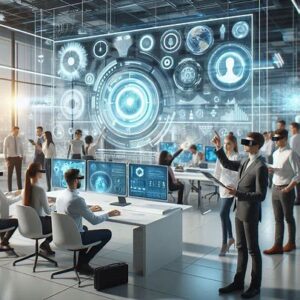
Conclusion
Spatial computing is redefining how we interact with technology, seamlessly blending physical and digital worlds to create immersive, intuitive experiences. From gaming and education to healthcare and retail, its applications are vast and transformative. As trends like advanced hardware, 5G integration, and AI personalization drive its growth, spatial computing promises a future where technology enhances every aspect of life. By addressing challenges like cost and privacy, we can unlock its full potential, creating a world where the boundaries between real and virtual fade away.
Word count: 1000

